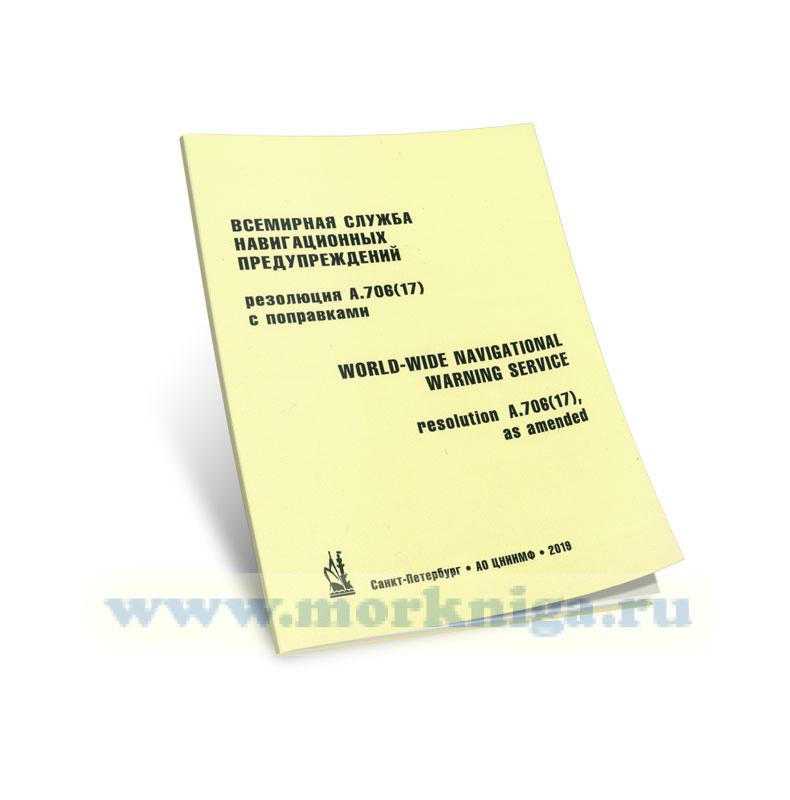Сб с 10 до 16
Code of Safe Working Practices for Merchant Seafarers. 2024 Edition/Кодекс правил безопасности при работе на торговых судах
-
 Циркулярное письмо MSC.1.Circ.1368. Временные разъяснения требований главы II-2 конвенции СОЛАС в отношении взаимосвязи между центральным пост�
Циркулярное письмо MSC.1.Circ.1368. Временные разъяснения требований главы II-2 конвенции СОЛАС в отношении взаимосвязи между центральным пост�
-
 Navtex manual. 2012 edition/Руководство Navtex
Navtex manual. 2012 edition/Руководство Navtex
-
 Всемирная служба навигационных предупреждений. Резолюция А.706(17) с поправками. World-wide navigational warning service. Resolution А.706(17) as amended
Всемирная служба навигационных предупреждений. Резолюция А.706(17) с поправками. World-wide navigational warning service. Resolution А.706(17) as amended
Издание на английском языке
The Safe Working Code for Merchant Seamen is a guideline developed by the UK Maritime and Coastguard Agency that offers best practices to improve health and safety on board UK - registered vessels. It is aimed at all crew members and those responsible for safety on shore, emphasizing the importance of working together to minimize risks.
The document covers many aspects, including regulatory requirements, safety management guidelines, and practical information for safe operation. It is planned to update the Code in 2024, which will improve its structure and language, make it more accessible and user-friendly for seafarers. The updated version will be based on the opinions of industry workers gathered through surveys and consultations.
The Code also addresses various risks associated with working on board, including environmental factors, internal hazards, work-related risks, and mental health issues. He emphasizes the importance of assessing risks and implementing measures to minimize them, as well as the responsibilities of shipowners and seafarers to ensure safety on board.
In general, the Code serves as an important tool for improving safety and health on ships, providing seafarers with the necessary knowledge and recommendations for safe work.
См. также Кодекс безопасной рабочей практики для моряков торгового флота
Содержание
About this Code
How to use this document
1 Managing occupational health and safety
2 Safety induction for personnel working on ships
3 Living on board
4 Emergency drills and procedures
5 Fire precautions
6 Security on board
7 Workplace health surveillance
8 Personal protective equipment
9 Safety signs and their use
10 Manual handling
11 Safe movement on board ship
12 Noise, vibration and other physical agents
13 Safety officials
14 Permit to work systems
15 Entering enclosed spaces
16 Hatch covers and access lids
17 Work at height
18 Provision, care and use of work equipment
19 Lifting equipment and operations
20 Work on machinery and power systems
21 Hazardous substances and mixtures
22 Boarding arrangements
23 Food preparation and handling in the catering department
24 Hot work
25 Painting
26 Anchoring, mooring and towing operations
27 Roll-on/roll-off ferries
28 Dry cargo
29 Tankers and other ships carrying bulk liquid cargoes
30 Port towage industry
31 Ships serving offshore oil and gas installations
32 Ships serving offshore renewables installations
33 Ergonomics
Appendix 1 Regulations, marine notices and guidance issued by the Maritime and Coastguard Agency
Appendix 2 Other sources of information
Appendix 3 Standards and specifications referred to in this code
Appendix 4 Acknowledgements
Glossary
Index




